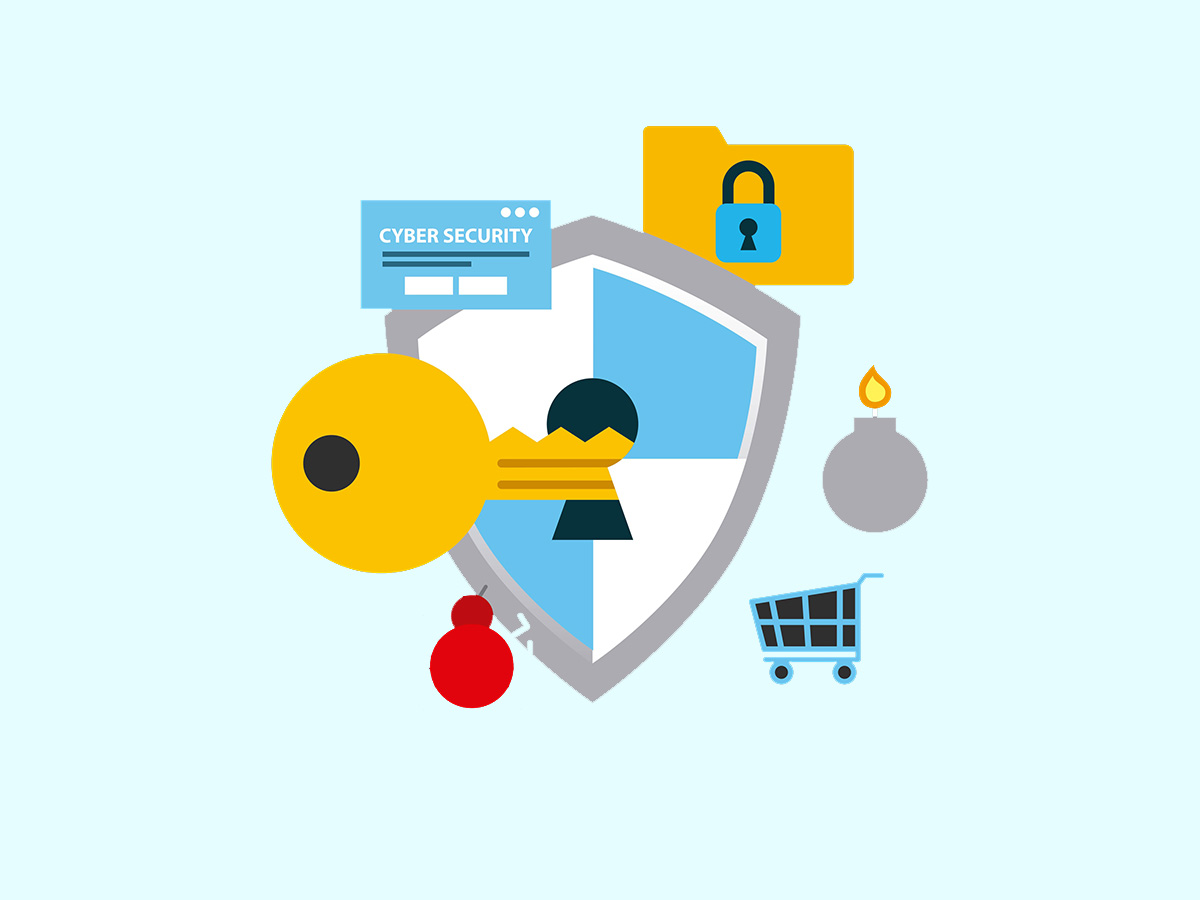What is Pi Network, and why is it causing such a buzz in the crypto world? Is it a scam, a new revolution, or just another passing fad in the ever-evolving landscape of cryptocurrency?
Let’s get into the fascinating world of the Pi Network and its unique approach to crypto mining.
Stay One Step Ahead of Cyber Threats
History
Developed by a team of Stanford professors, Pi Network is a cryptocurrency that allows users to mine Pi coins on their phones.
The aim is to break down the technical barriers of traditional cryptocurrency mining, making it accessible to everyday users.
There is no financial cost involved — it simply involves the user installing the Pi Network app and clicking a button once a day to mine.
Pi Network uses a unique algorithm that ensures low energy consumption, making it an eco-friendly crypto choice.
It doesn’t heat up your phone, use up your battery, or consume your data.
Essentially, it offers a low-effort way of earning coins, which has certainly been a selling point for the coin, especially for those new to the crypto sphere.
One important aspect of Pi Network is that it operates as a closed system.
They have a mainnet (the main network where transactions take place on a blockchain), where users can have a wallet, but the mined Pi coins can’t be moved until they’re sent by the Pi Network.
Criticism of the Pi Network
However, one major criticism of the Pi Network is that until recently, Pi coins were not tradable, which essentially made them worthless.
They lacked a cap on the supply and needed 100 million users to perform KYC (Know Your Customer) verifications to create an ecosystem around the coin.
But the game seems to be changing. In a surprising turn of events, Huobi, a major crypto exchange, listed Pi coins, albeit without the Pi Network’s authorization.
This means that Pi Network did not sign any papers or make any agreements with Huobi to list their coin.
Huobi, along with a few other exchanges, appeared to be trading IOUs of Pi coins.
This unexpected move has sparked a new wave of interest and hope among Pi miners who have been diligently clicking on their phones for the past few years.
On some exchanges, the price of Pi coins soared up to $400 a coin.
While this price seems unrealistic and is unlikely to hold, even a price as low as $1 or 5 cents would be a significant win for Pi miners.
This could mean the opportunity to make a profit from something that initially cost nothing.
Know Your Customer (KYC) Verifications
Another interesting feature about Pi Network is that it requires KYC verifications.
The developers’ goal is to establish a secure and transparent network, which is a step away from the anonymous nature of many other cryptocurrencies.
This approach is indicative of the growing trend towards regulation and transparency in the crypto industry.
Conclusion
Pi Network is an intriguing development in the crypto world, and its unique approach to coin mining has gained it considerable attention.
Although its future is uncertain, recent events have given hope to its miners.
With its user-friendly approach and focus on regulation and transparency, Pi Network might just be on to something.
The question now is, will this interest translate into a successful, widely traded, and accepted cryptocurrency?
Only time will tell.
Meanwhile, if you’re interested in exploring Pi Network, consider installing the app.
"Amateurs hack systems, professionals hack people."
-- Bruce Schneier, a renown computer security professional






